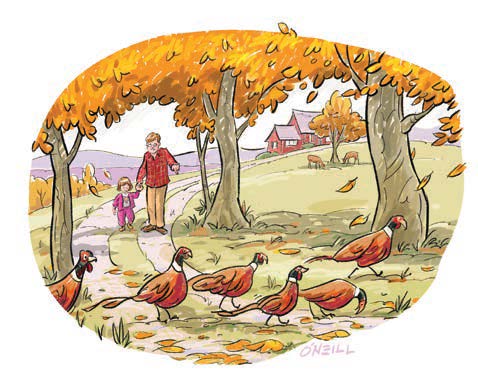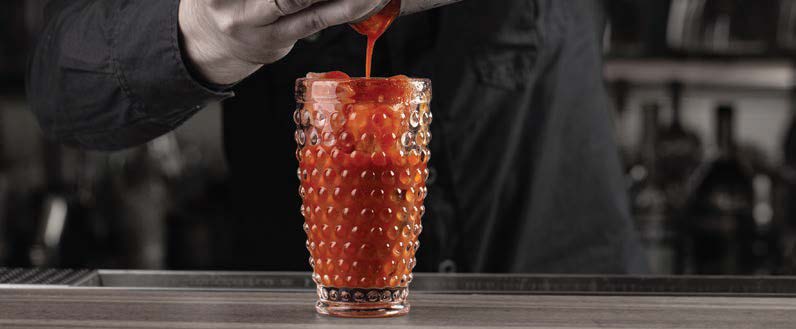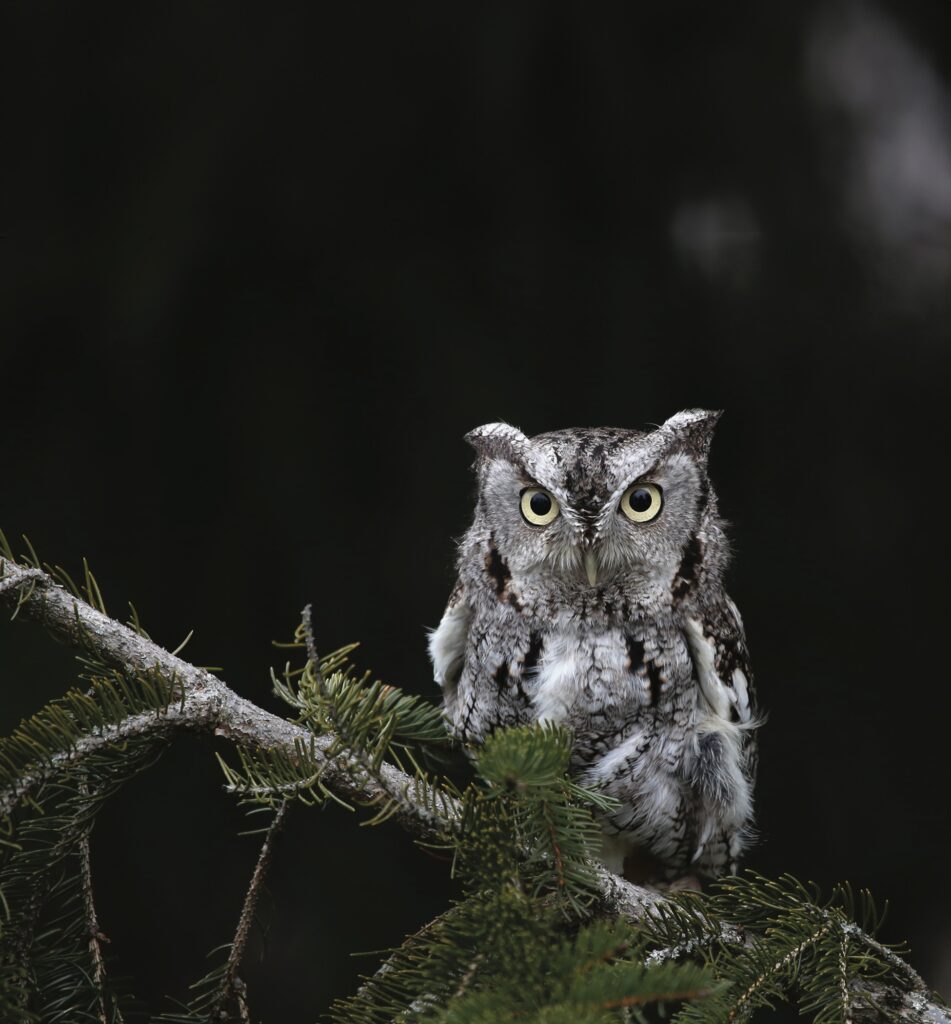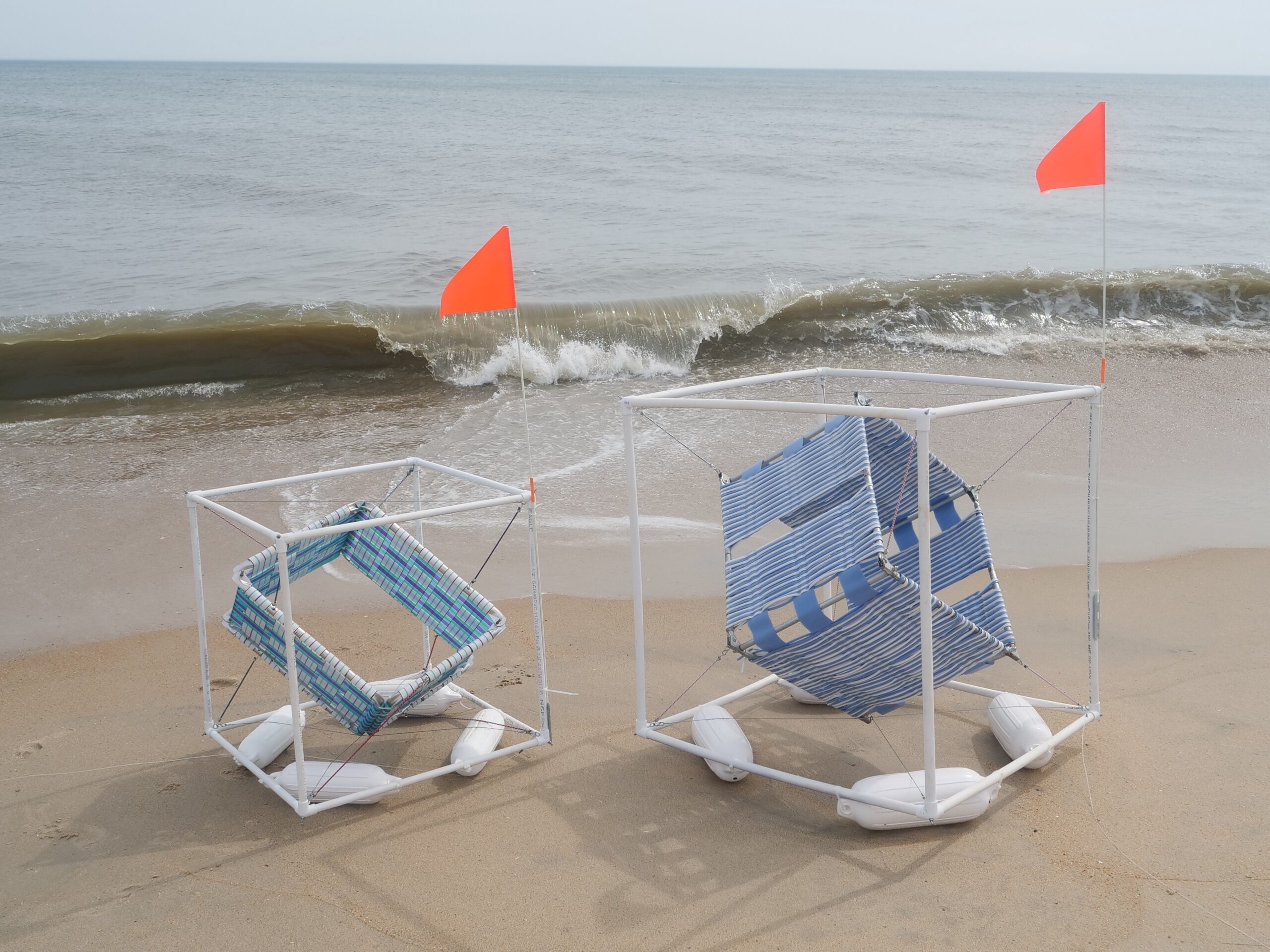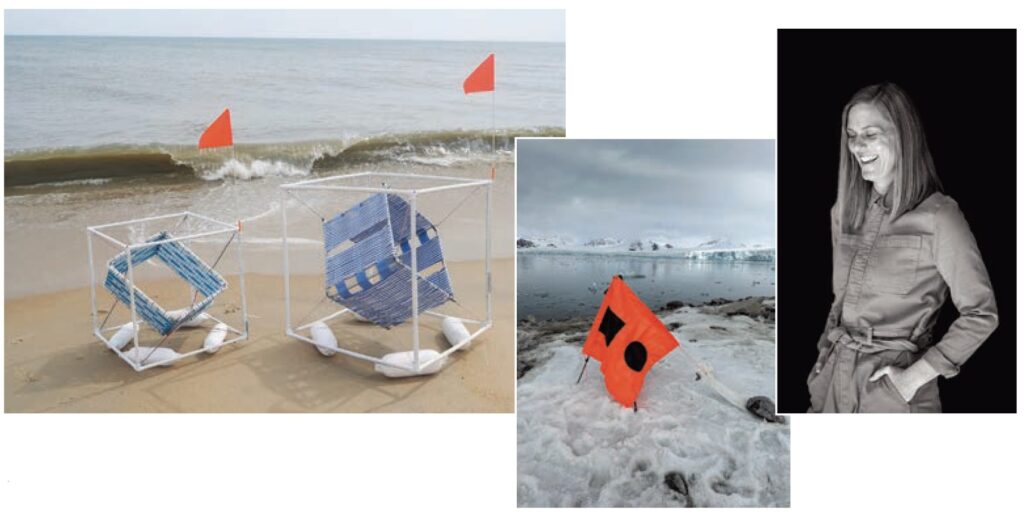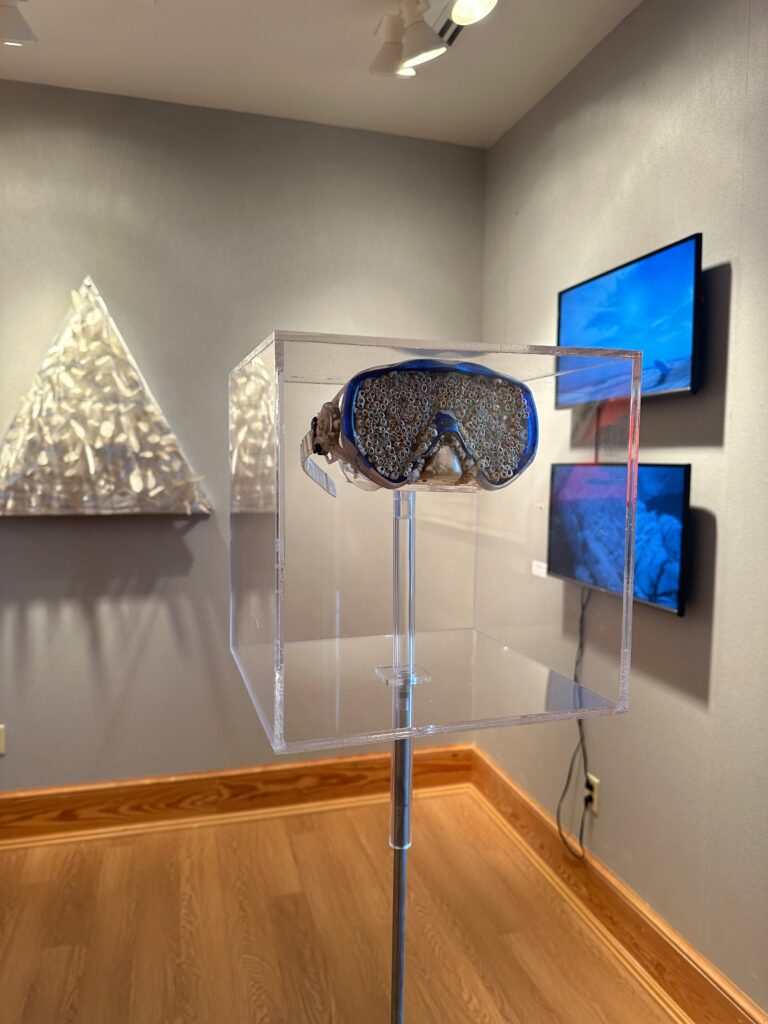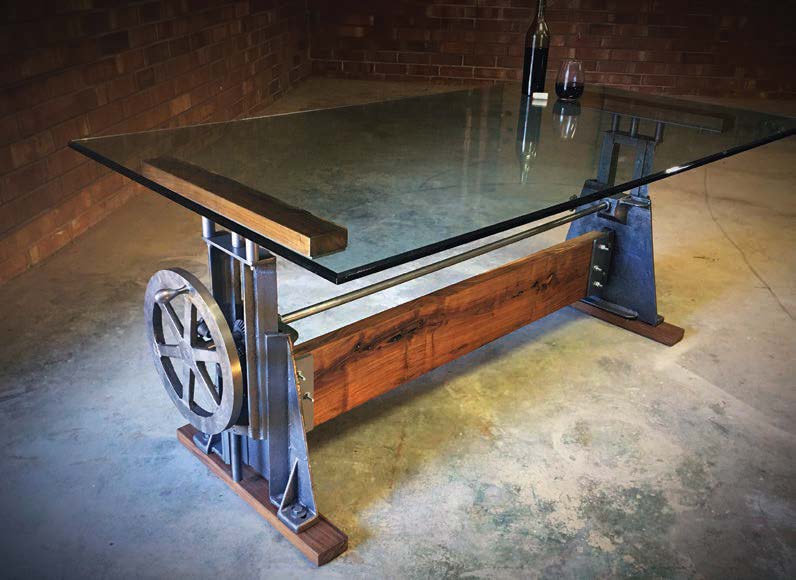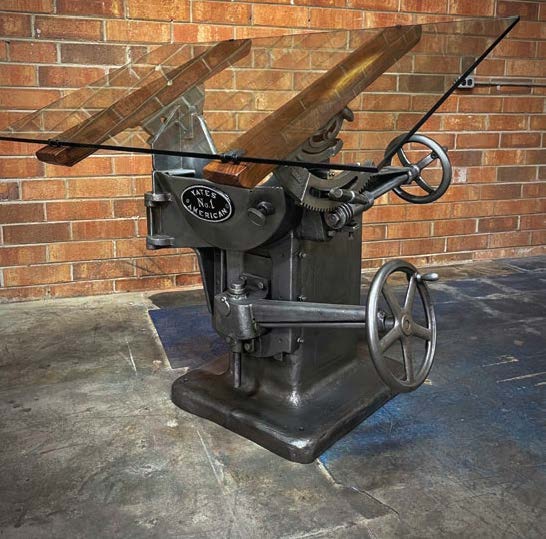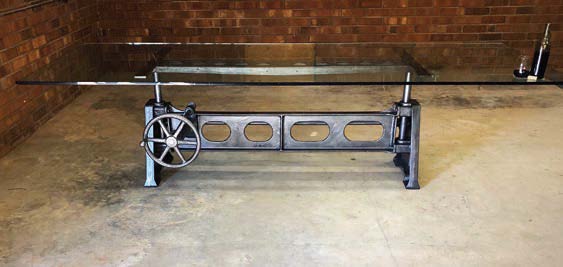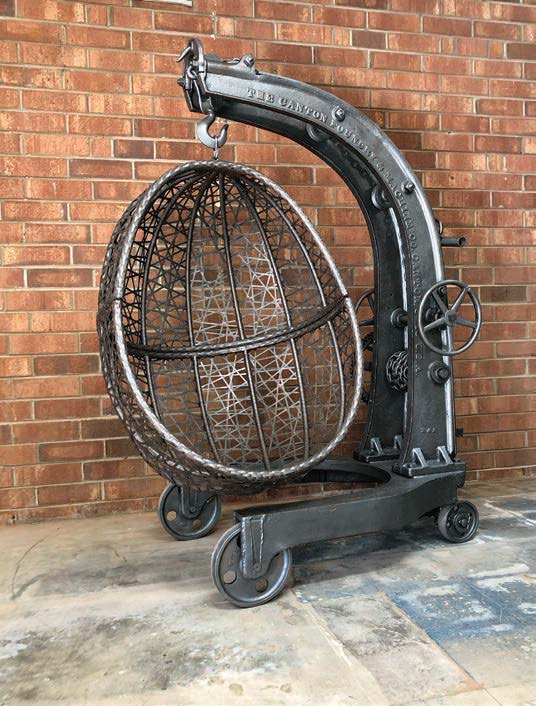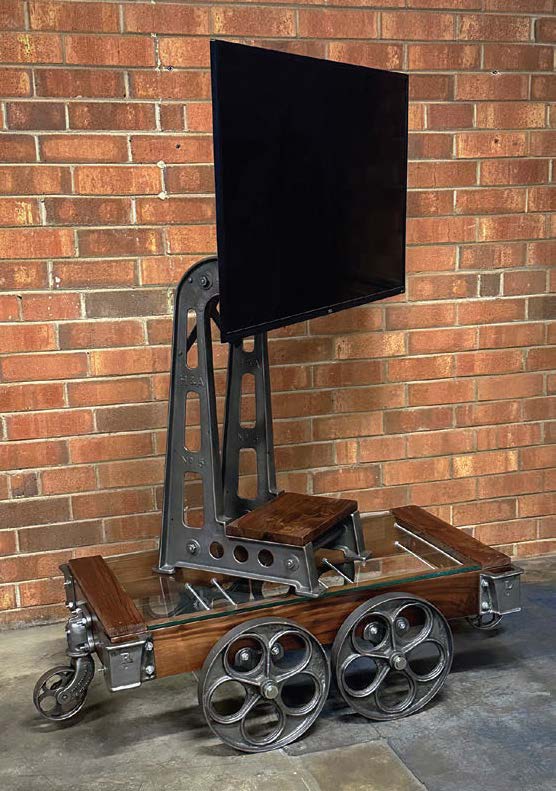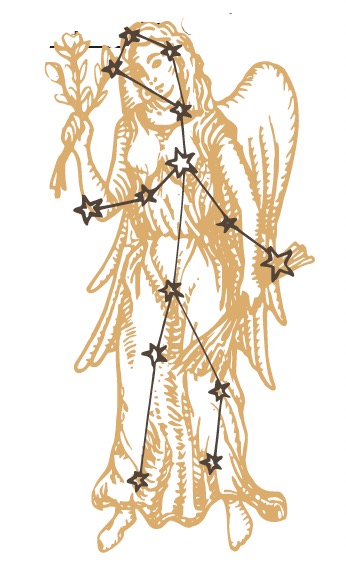Omnivorous Reader
OMNIVOROUS READER

Have Your Hike . . .
And treat yourself, too
By Anne Blythe
Sometimes amid the hubbub of daily life, it can be easy to forget how many natural gems surround us in North Carolina only a short distance away.
We’ve got the Atlantic beaches on the eastern edges and the Appalachian Mountains climbing in the west. In between, there are woodlands, rocky outcrops, sandy plains, grassy expanses, and the many rivers, lakes and waterways coursing through them.
If you’re a runner, hiker, cyclist or leisurely walker, there’s a vast array of trails to explore in these many regions, from Murphy to Manteo.
And, lucky for us, Palmer McIntyre and Hollis Oberlies, two outdoor enthusiasts from Greensboro, have compiled a guide to 30 of these places and scouted out nearby spots for refueling in Trails & Treats: A Hiker And Runner’s Guide To Great Trails And Good Eats in North Carolina.
“Trails of all kinds, whether tucked into the edge of the woods in a neighborhood park, up steep mountain summits, or circling a quiet, secluded pond, provide an escape from the everyday and connect us to the beauty of the natural world,” the pair write in the introduction to the book published this year. “A little fresh air and exercise in a serene setting can be the perfect respite from our busy lives and a way to refresh our minds.”
The women, who first bonded as their daughters became “fast friends in elementary school,” have hiked and biked many miles together over the years. They’ve done a 50-mile backpacking trip on the Appalachian Trail, the 40-mile bike tour through the five boroughs of New York and the Register’s Annual Great Bicycle Ride Across Iowa, a weeklong, 500-mile event.
In 2021, they started talking about working together to produce a guide that combined two of their passions — their “love of outdoor adventures and rewarding treats.”
Neither had ever thought about writing and publishing a book, they said in the acknowledgements of their guide. Oberlies, a runner since she was a child, owns and operates a graphic design business, and could bring that skill and expertise to the project. McIntyre, who’s worked with the Piedmont Land Conservancy since 1996 and been actively involved in saving natural areas in the Triad, could share her wealth of knowledge about trails and the trail networks she advocates for.
The two set out to explore both new trails and old favorites.
The result is an easy-to-use and fun-to-peruse book full of potential adventures. McIntyre and Oberlies have helpfully divided their 30 trail picks into four areas — the Mountain, Triad, Triangle and Charlotte regions. They’ve included the mileage for each trail leg or loop, the degree of difficulty and bits of geological or historical significance that will make a visit all the more meaningful. As a bonus, they provide words of inspiration and wisdom from some of the world’s great thinkers to ponder as you lace up your shoes before you get going or while you unlace them after a satisfying jaunt.
Take, for example, the words from noted author and neuroscientist Abhijit Naskar that lead off their take on the Laurel Bluff Trail, one of Greensboro’s Watershed Trails that extends above the southern shoreline of Lake Townsend between Lake Brandt Marina and North Church Street.
“The path reveals itself once you start walking.”
What McIntyre and Oberlies reveal is that there are short steep sections of this single-track path that are challenging, while the overall 7-mile trip out and back is still suitable for children with beckoning opportunities to get close to the water. If you’re a runner, they say there’s almost always a tree canopy overhead providing sought-after shade in the hot summer months as you test your mettle on rocky and root-strewn areas that can trip up the inattentive.
If you didn’t pack trail snacks from the recipes sprinkled throughout the book (or even if you did and depleted your stash while on the loop), the trail guide suggests a stop at Giacomo’s Italian Market on New Garden Road for cleverly named sandwiches and other “fresh, high-quality, Italian foods.” For those with a sweet tooth, there’s also Maxie B’s on Battleground Avenue, where owner Robin Davis turned her yogurt shop into a bakery that not only has an array of cakes, pies, cookies and tantalizing cupcakes. Homemade dog treats are on the menu, too. If a fruit smoothie is more to your liking, they suggest a stop at Juice Shop Smoothies on Lawndale Drive.
If you’re looking for a trail a little farther away from home or a recommendation for a post-hike adult beverage, the intrepid trail and treat guides have listed breweries and cocktail stops as well.
They’ve offered lists of gear essentials and things to watch out for in what they describe as a “unique first-time guide, written by a female hiker and runner duo.”
Kind of like you might savor the pages of a cookbook, whether you’re adept in the kitchen or not, McIntyre and Oberlies have created a guide that’s a joy to flip through.
“This guide is not for the coffee table, but meant to become a favorite companion, tucked into the side compartment of your car door, your backpack or placed on your bedside table after a day on the trails, reminding you to plan your next day out,” the duo writes. “ . . . Each path is an opportunity to explore, create memories, and renew your inner spirit.”

